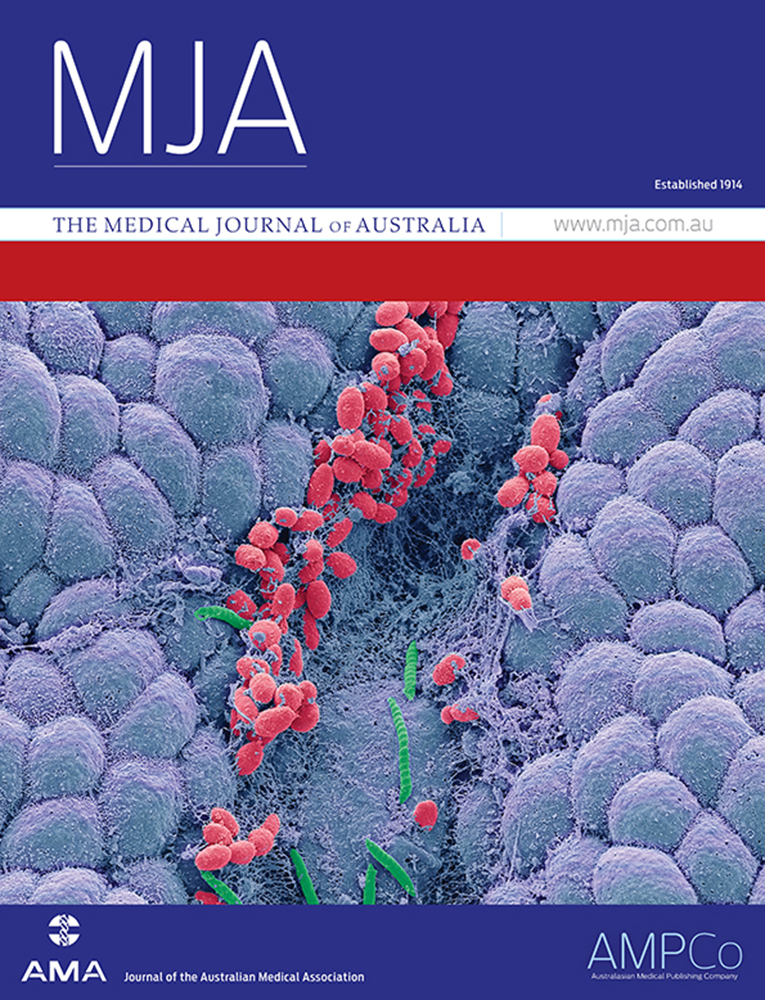Patterns of drug use by participants in the Western Australian methadone program, 1984-1991
No reprints will be available: Correspondence: Mr G Swensen.
Abstract
Objectives
To establish the extent to which participants in the WA methadone treatment program used opiates, cannabinoids, benzodiazepines, cocaine and amphetamines, and to define the pattern of such use over time. In addition, the relationships between methadone daily dose and the use of the various drug groups was examined.
Design
A retrospective analysis of data from 1678 samples from urinalysis screening over 13 separate surveys between 1984 and 1991. A mean of 35.9% of patients in the program was sampled on each occasion with each patient contributing only one sample in any one survey. Analytical techniques used included enzyme-multiplied Immunoassay, thin-layer chromatography and gas chromatography-mass spectrometry.
Results
Methadone and/or its major metabolite were detected in most urine samples, indicating satisfactory compliance by patients. The detection of opiates increased from a mean of 27.1% of samples in 1984-1989 to a mean of 44.2% of samples In 1990-1991. Codeine or morphine were most frequently detected (94% of all opiate-positive samples) and were found together in 38.2% of opiate-positive samples. Detection of cannabinoids also increased from a mean of 45.2% of all samples during 1984-1987 to a mean of 56.4% of samples during 1990-1991. Benzodiazepines were found in a mean of 26.7% of samples but use was not time-related. Detection of amphetamine-class drugs doubled from a mean of 8.3% of all samples (mid 1989 to mid 1990) to 16.8% of samples (mid 1990 to mid 1991). The major representatives of the latter group were methylamphetamine (47.3% of amphetamine-positive urines), amphetamine (15.7%) and ephedrine/pseudoephedrine (44.6%). Opiate use was significantly lower (P < 0.05) in those patients taking more than 80 mg methadone/day. In addition, benzodiazepine use increased significantly (P < 0.05) with increasing methadone daily dose. There was no relationship between methadone daily dose and use of cannabinoids or amphetamines.
Conclusions
The increase in the use of opiates, cannablnoids and amphetamines over the period 1984-1991 occurred about four years after the adoption of a harm minimisation treatment philosophy by the WA methadone program. The high prevalence of codeine and morphine in opiate-positive urine samples strongly suggested the use of "home-bake" heroin. In addition, the data showed that methylamphetamine and ephedrine/pseudoephedrine were the most frequently used psychostimulants. Suppression of opiate use in those clients receiving more than 80 mg methadone/day was consistent with earlier studies. However, the significant increase in use of benzodiazepines with Increasing methadone daily dose requires further study. (Med J Aust 1993; 159: 373-376)




